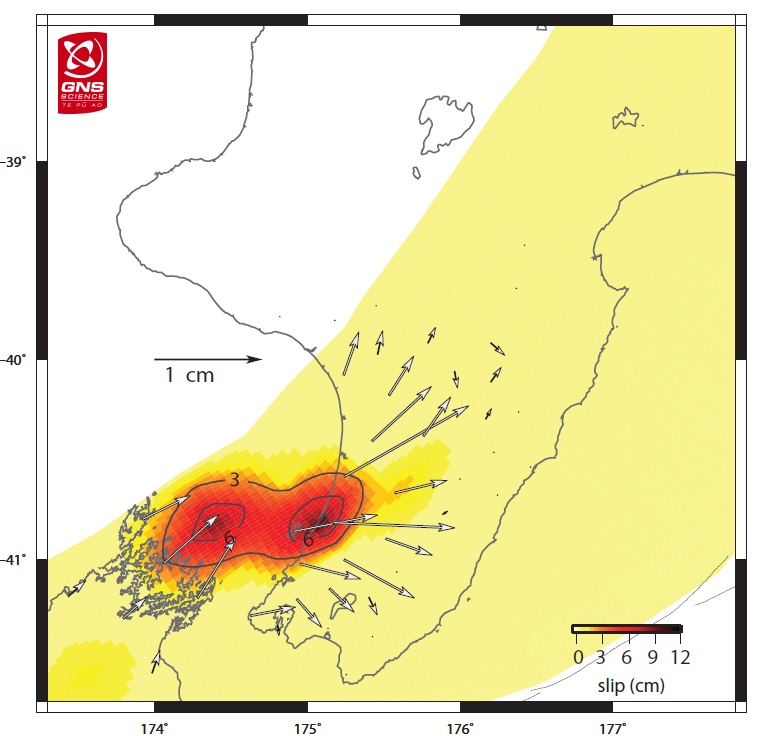This Earthquake Just Won't Quit


A slow but powerful earthquake underneath New Zealand started in January and is still going strong, according to scientists with GeoNet, the country's geological hazard monitoring agency.
Equivalent to a jarring magnitude-7.0 earthquake, the slow-slip quake is centered west of Wellington, on the subduction zone between the Australian and Pacific tectonic plates. These unusual earthquakes are common along subduction zones but were only discovered in the 1990s, thanks to improvements in seismic monitoring. A big, long, slow earthquake like the one now crawling under New Zealand seems to hit this spot every five years, and will likely last several more months, according to GeoNet.
Slow earthquakes cause no damage but they can trigger regular temblors, and vice versa. Slow quakes dribble out energy stored on faults slowly, unlike in regular earthquakes, during which energy is suddenly released with strong shaking. Scientists are studying slow earthquakes to better understand why they occur and puzzle out the link between the two kinds of quakes.
Read more: GeoNet
Email Becky Oskin or follow her @beckyoskin. Follow us @OAPlanet, Facebook & Google+.
Get the world’s most fascinating discoveries delivered straight to your inbox.



